planting along an old-fashioned stone wall
redhighlander
9 years ago
Featured Answer
Sort by:Oldest
Comments (22)
jimr66
9 years agoken_adrian Adrian MI cold Z5
9 years agoRelated Professionals
Forest Park Landscape Architects & Landscape Designers · Glendora Landscape Architects & Landscape Designers · Quincy Landscape Architects & Landscape Designers · Washington Landscape Architects & Landscape Designers · Finneytown Landscape Architects & Landscape Designers · Alamo Landscape Contractors · Bainbridge Island Landscape Contractors · Federal Way Landscape Contractors · Merced Landscape Contractors · Quincy Driveway Installation & Maintenance · Lakewood Driveway Installation & Maintenance · Fort Lauderdale Fence Contractors · Mill Valley Fence Contractors · Washington Fence Contractors · Dracut Solar Energy Systemsredhighlander
9 years agoWhitelacey
9 years agoWILDernessWen
9 years agoalisande
9 years agocyn427 (z. 7, N. VA)
9 years agoSteve Massachusetts
9 years agoanniegolden
9 years agoduluthinbloomz4
9 years agoredhighlander
9 years agoMary4b
9 years agoredhighlander
9 years agoredhighlander
9 years agoDelawareDonna
9 years agoredhighlander
9 years agoUser
9 years agoanniegolden
9 years agoMary4b
9 years agoken_adrian Adrian MI cold Z5
9 years agoUser
9 years ago
Related Stories

LANDSCAPE DESIGNGet Along With Less Lawn — Ideas to Save Water and Effort
Ditch the mower and lower your water bill while creating a feast for the eyes with diverse plantings and gathering places
Full Story
HOUZZ TOURSMy Houzz: Art and Fashion Inspire in a Maryland Family Home
White walls provide a clean backdrop for a downtown home infused with art, pattern and fashion
Full Story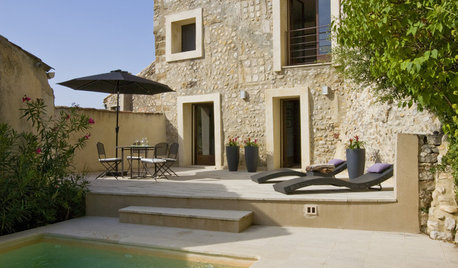
MODERN HOMESHouzz Tour: 800-Year-Old Walls, Modern Interiors in Provence
Old architecture and new additions mix beautifully in a luxurious renovated vacation home
Full Story
LIVING ROOMS9 Fashionably Cool Living Room Color Palettes
Chill out in a living room decked in cool-spectrum shades straight from the runway
Full Story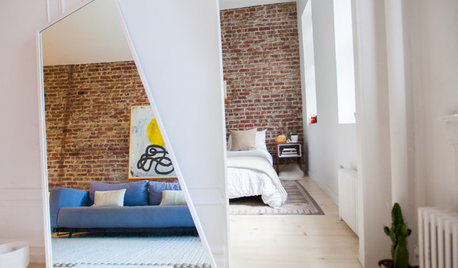
MY HOUZZMy Houzz: Fashionably Simple in a Williamsburg Apartment
Light and airy rooms, exposed brick and angular mirrors reflect this Brooklyn designer’s modern minimalist style
Full Story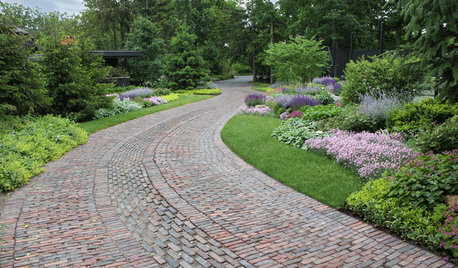
LANDSCAPE DESIGN6 Driveway Looks Take Landscapes Along for the Ride
See how to design a front yard that makes your driveway its own destination
Full Story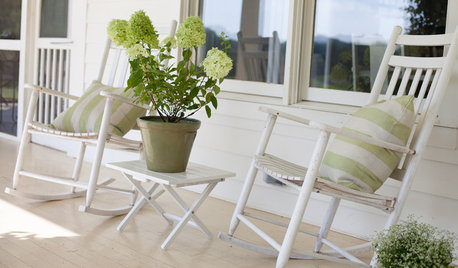
LIFEHow to Get Along With the Neighbors — and Live Happier at Home
Everyone wins when neighbors treat one another with kindness, consideration and respect
Full Story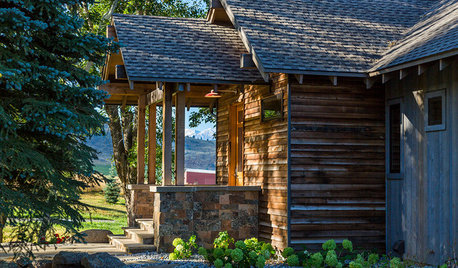
RUSTIC STYLEHouzz Tour: A Fly Fisher’s Dream Along the Yellowstone River
This new home combines local ranch style with contemporary elements, including energy efficiency
Full Story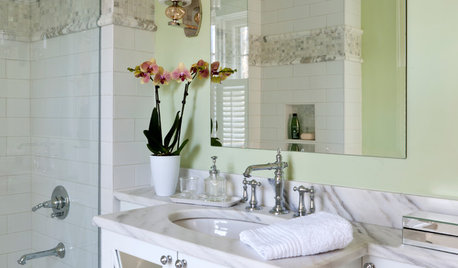
BATHROOM MAKEOVERS21st-Century Amenities for an Old-Time Show House Bath
Updated but appropriate features help an old-fashioned bath in the 2014 DC Design House align with modern tastes
Full Story
LANDSCAPE DESIGNGarden Walls: Dry-Stacked Stone Walls Keep Their Place in the Garden
See an ancient building technique that’s held stone walls together without mortar for centuries
Full Story





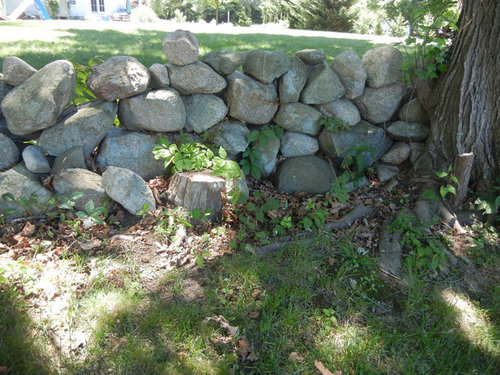
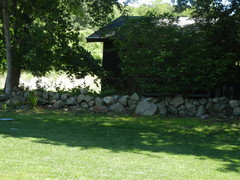
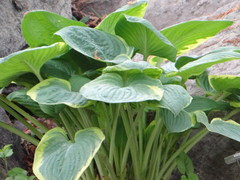
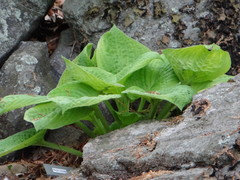





redhighlanderOriginal Author